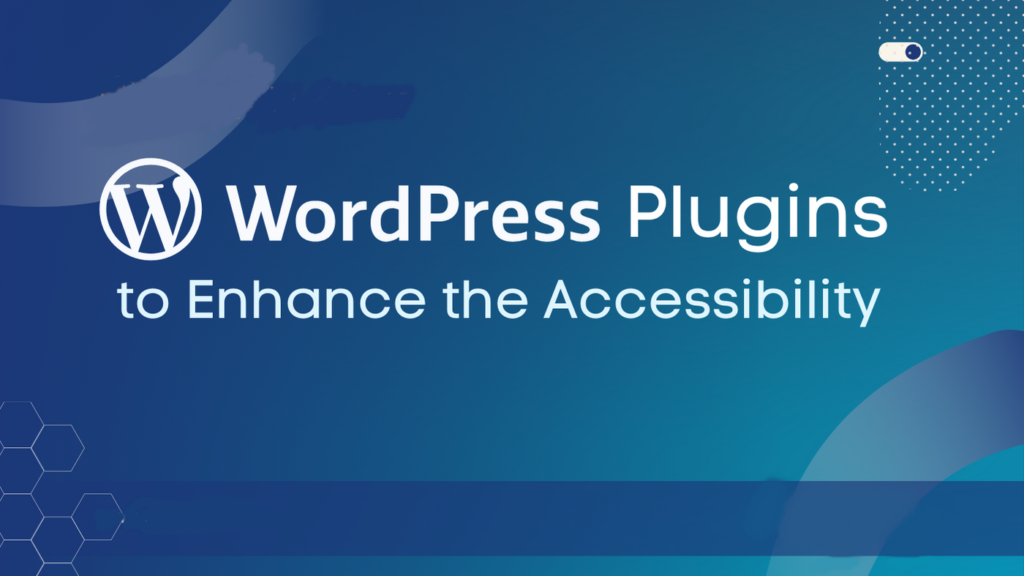Introduction
Increasing views on a WordPress blog is a multi-faceted process that involves producing high-quality content, optimizing your blog for search engines, promoting it through various channels, and building an engaged community of readers. To do this effectively, you’ll need to combine both technical SEO practices and strategic marketing. Let’s explore each step in more detail.
1. Create High-Quality Content

Quality content is the foundation of any successful blog. The more useful, engaging, and original your content is, the more likely people will visit and share your blog.
Key Elements of Quality Content:
- Originality: Don’t just recycle content from other sources; offer a fresh perspective, share personal experiences, or offer unique insights.
- Depth and Detail: In-depth posts tend to perform better. Include actionable tips, detailed how-tos, and thorough explanations.
- Multimedia: Adding images, infographics, and videos helps break up text and keeps readers engaged. Videos and infographics also rank well in search engines.
- Formatting: Break your content into bite-sized pieces using subheadings, bullet points, and short paragraphs to make it easier to read.
Regular Posting Schedule:
- Publishing consistently is important. Create a content calendar to ensure that you’re posting regularly, whether that’s once a week, twice a week, or more. Over time, consistency helps build your readership.
2. Optimize Your Blog for SEO (Search Engine Optimization)

Search engines like Google are a significant source of blog traffic. By optimizing your blog for search engines, you can increase its visibility and attract organic traffic. Here are the main aspects of SEO:
On-Page SEO:
- Keyword Research: The backbone of good SEO is targeting the right keywords. Use tools like Google Keyword Planner, SEMrush, or Ahrefs to identify keywords that have decent search volume but aren’t overly competitive.
- Meta Titles and Descriptions: Write concise and compelling meta titles and descriptions. These are the snippets that appear in search results, and a good one can improve click-through rates.
- URL Structure: Keep URLs short, descriptive, and keyword-rich. Avoid using random characters or long strings of numbers in your URLs.
- Headings (H1, H2, H3, etc.): Proper use of headings not only organizes your content but also helps search engines understand your page structure. Your blog post title should be wrapped in an H1 tag, and subheadings should use H2 or H3 tags.
- Internal and External Links: Use internal links to point to other relevant posts on your blog, and include external links to authoritative sources. Both of these practices improve SEO and keep readers on your site longer.
Mobile Optimization:
- A large portion of your visitors will likely come from mobile devices. Ensure your blog is mobile-friendly by using a responsive design that adjusts well to various screen sizes. Google prioritizes mobile-optimized websites in search rankings.
Site Speed:
- Fast-loading websites rank better and provide a better user experience. Use tools like Google PageSpeed Insights to assess your site’s speed, and improve it by compressing images, leveraging browser caching, and minimizing JavaScript and CSS files.
Image Optimization:
- Images are important for both user engagement and SEO. Ensure your images are optimized for the web by using the correct file size and format. Include ALT text (a description of the image) with relevant keywords, as this helps with image search rankings.
3. Craft Engaging and Click-Worthy Titles

Your blog titles are the first thing people see, whether in search results or on social media. Crafting attention-grabbing titles is essential to get people to click on your blog post.
How to Create Effective Titles:
- Incorporate Keywords: Include your target keywords in the title, but keep it natural and not overstuffed.
- Use Power Words: Words like “Ultimate,” “Top,” “Best,” “How to,” and “Complete Guide” perform well.
- Curiosity and Clarity: A good title creates curiosity while clearly explaining what the reader can expect.
- Test with Tools: Use headline analysis tools like CoSchedule Headline Analyzer or Sharethrough Headline Analyzer to test your titles and improve their performance.
4. Leverage Internal Linking

Internal linking refers to linking from one page of your blog to another. This helps search engines crawl your site more effectively and also keeps readers engaged by directing them to related content.
Benefits of Internal Linking:
- SEO: It passes link equity (ranking power) from one page to another, helping lower-ranked pages improve their visibility.
- Reduced Bounce Rate: Internal links keep readers on your blog longer by directing them to other relevant content, which signals to search engines that your site provides value.
5. Promote Your Blog on Social Media

Social media can be a great source of traffic, especially when posts are tailored for each platform.
Key Social Media Strategies:
- Post Regularly: Share your blog posts across platforms like Facebook, Twitter, LinkedIn, Pinterest, and Instagram.
- Tailor Content for Each Platform: For example, visuals work well on Instagram and Pinterest, while detailed posts might perform better on LinkedIn.
- Use Hashtags: Research and use relevant hashtags to reach a broader audience.
- Engage with Your Audience: Respond to comments, join conversations, and participate in relevant communities. This will increase the visibility of your content and attract more visitors.
6. Utilize Email Marketing

Email is still one of the most effective ways to drive traffic and increase engagement. An email list gives you a direct line of communication with your readers.
Building and Using an Email List:
- Create a Signup Form: Add an email signup form to your blog. Offer a valuable incentive like an eBook, checklist, or exclusive content to encourage signups.
- Send Regular Newsletters: Use tools like MailChimp or ConvertKit to send newsletters notifying your subscribers about new blog posts. Personalize these emails for better engagement.
- Segment Your Audience: Group your email list based on user behavior, such as frequent readers or those interested in specific topics, and send tailored content to each group.
7. Guest Blogging and Collaboration

Writing guest posts for other blogs allows you to reach new audiences. Collaborating with other bloggers can also boost your visibility.
Benefits of Guest Blogging:
- Exposure: By publishing content on more popular or related blogs, you can attract readers who might not otherwise find your blog.
- Backlinks: Guest posts often allow for a link back to your blog, which can improve your SEO and drive traffic.
- Networking: Connecting with other bloggers can open up further collaboration opportunities, like co-hosted webinars or joint projects.
8. Participate in Forums and Online Communities

Engaging with relevant online communities can drive traffic to your blog. Platforms like Reddit, Quora, and niche forums offer great opportunities to share your expertise and link to your content.
Best Practices for Forum Promotion:
- Be Helpful: Focus on offering value in the community by answering questions or providing insights, and only share your blog post when it’s genuinely relevant.
- Avoid Spamming: Self-promotion is often frowned upon in online communities, so ensure your participation is balanced and valuable.
9. Utilize WordPress Plugins

There are several WordPress plugins that can help improve your blog’s functionality and visibility.
Recommended Plugins:
- Yoast SEO: One of the most popular plugins for optimizing your content for search engines. It helps with meta descriptions, keyword optimization, readability analysis, and more.
- Rank Math: Another robust SEO plugin with advanced features like keyword tracking and schema markup integration.
- Social Warfare: A social sharing plugin that allows you to create custom share buttons for your posts, encouraging visitors to share your content.
- Smush: Optimizes images, helping your site load faster without sacrificing quality.
10. Monitor Performance and Refine Your Strategy

Analyzing your blog’s performance is essential for understanding what works and what doesn’t. This will allow you to refine your strategy over time.
Tools for Performance Analysis:
- Google Analytics: Track traffic sources, page views, bounce rates, and more. You can see which blog posts perform best and where your traffic is coming from.
- Jetpack: A popular WordPress plugin that provides stats directly in your dashboard. It tracks views, search queries, and social media referrals.
Ongoing Optimization:
- Regularly revisit your older blog posts to update them with fresh content and optimize for new keywords.
- A/B test headlines, images, and CTAs (calls to action) to see what resonates best with your audience.
Conclusion
By following these detailed steps, you can steadily increase your WordPress blog views and build a loyal, engaged audience. Consistency, patience, and the right mix of content creation, promotion, and optimization will ultimately lead to success.
